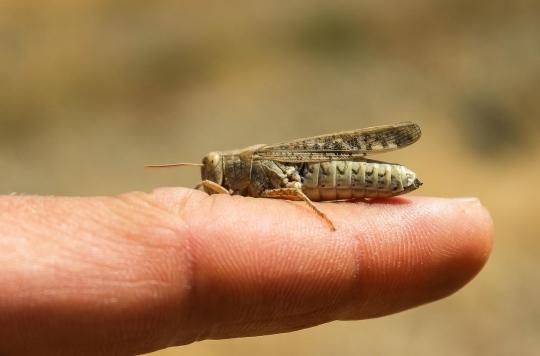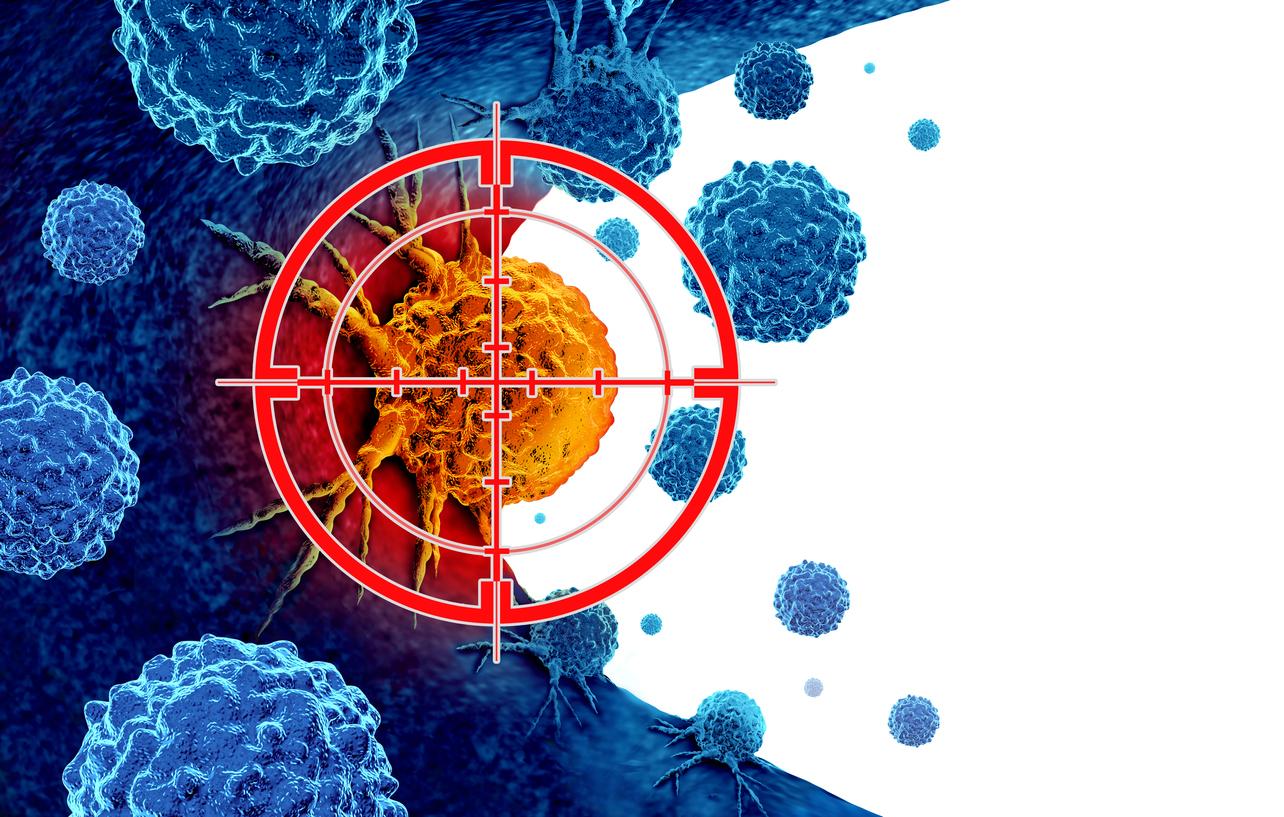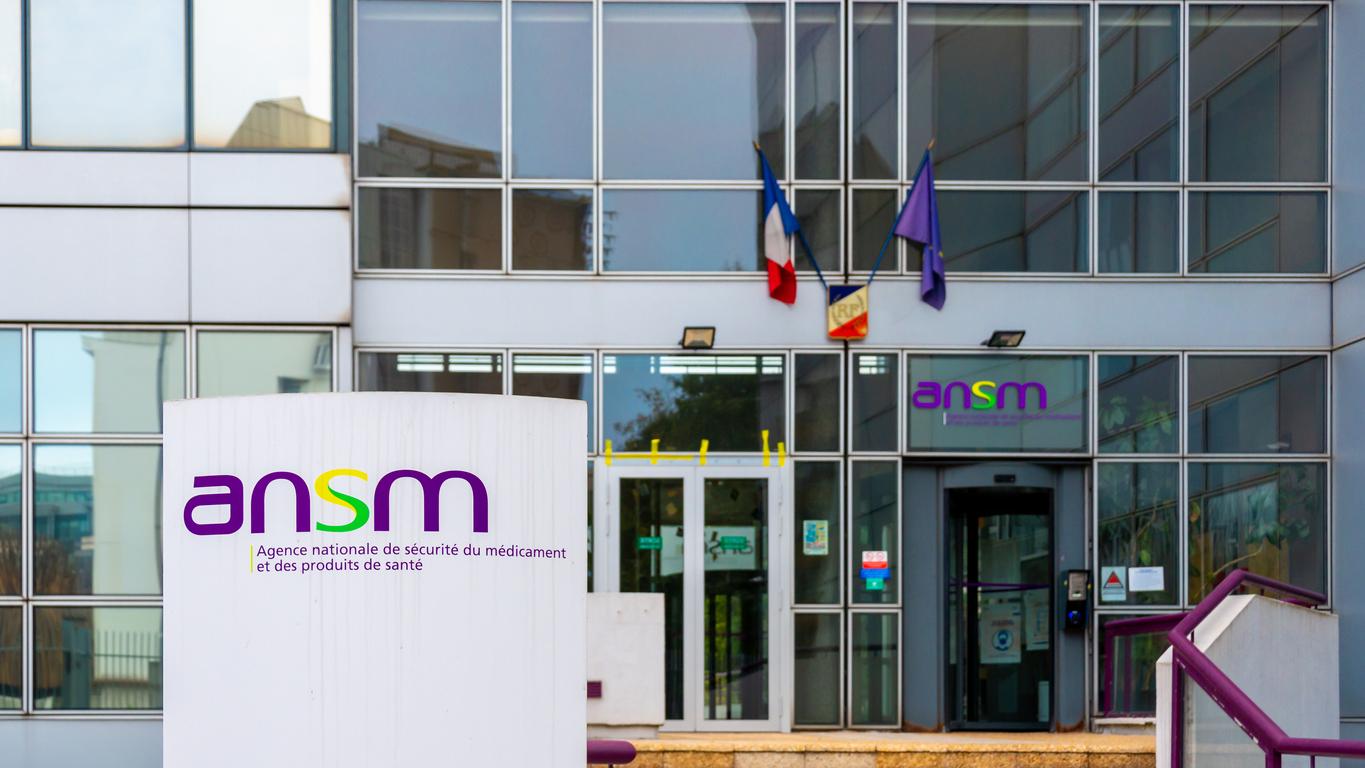Locusts may be able to detect the presence of cancer in humans, a new study reports. A hope for the future of screenings.

- The cause of nearly 10 million deaths in 2020, or almost one in six deaths, cancer is one of the leading causes of death worldwide, according to the WHO.
- Early detection of cancer greatly increases the chances of remission – from 10 to 20% at stage 4, it increases to at least 80% at stage 1.
We already knew that dogs could sniff out breast cancer, abnormal blood sugar, tuberculosis and even Covid. But according to a study published in the journal BioRxivlocusts are not left out: they could be able to detect the presence of cancer in humans, and even differentiate between different types of cancer.
Cancer cells or not
At least that’s what researchers at Michigan State University in the United States say, even if their work has not yet been validated by their peers.
To reach this conclusion, the scientists attached electrodes to the brains of crickets, kept artificially alive, before making them “smell” the gas of human oral cells, either cancerous or non-cancerous, and observe their reactions. As a result, the insect brains were able to correctly identify whether the cells were cancerous or not.
Better: they were able to distinguish three different types of cancer. All oral cancers, of course, but scientists are convinced that other types of tumors could be detected in the same way.
“Bionic Nose”
“This is the first time that the brain of a living insect has been used to detect cancer cells”explains the director of the study, Debajit Saha, to the MIT Technology Review. The idea, in the long term, is to develop a diagnostic device using the ability of insects, such as a “bionic nose” able to spot diseases based on smells. “The potential of just being able to breathe on something and then know if you’re at risk for cancer is really powerful.”
And for good reason, the early detection of cancer considerably increases the chances of remission – from 10 to 20% at stage 4, we go to at least 80% at stage 1. Research in this area therefore restores hope for one day lead to a “mass screening technique” which would cause cancer “a treatable disease”, conclude the researchers.
















